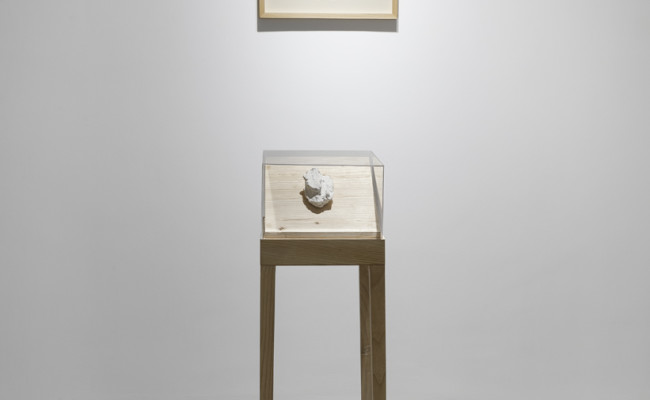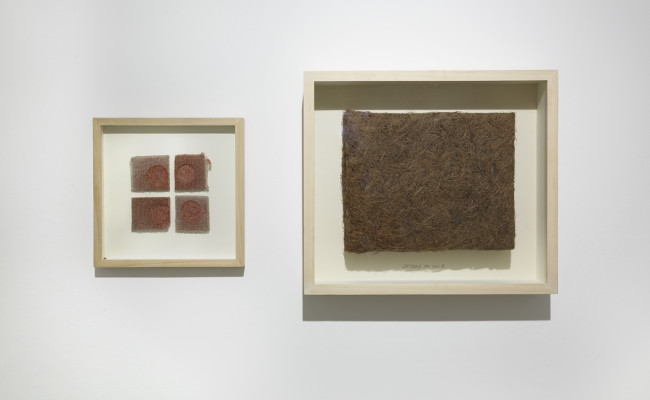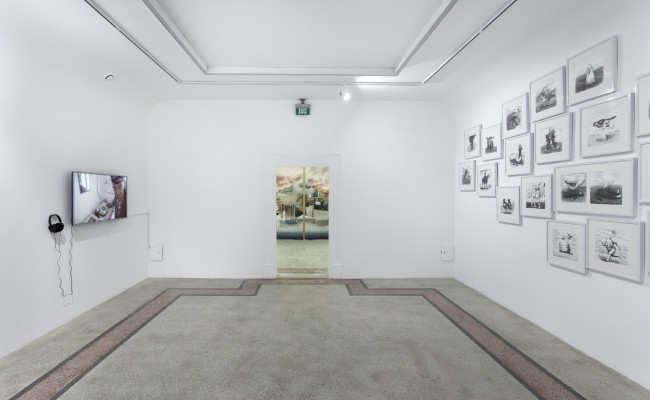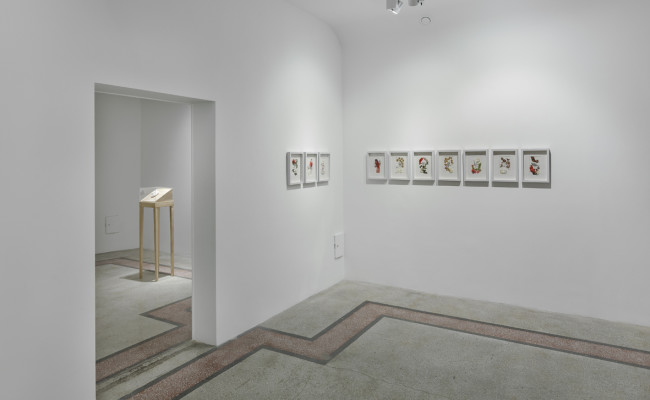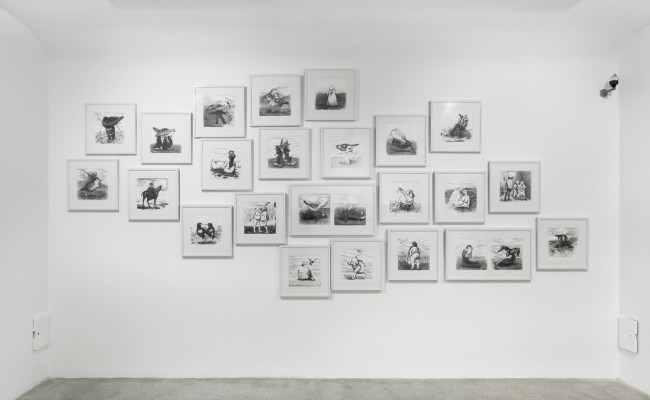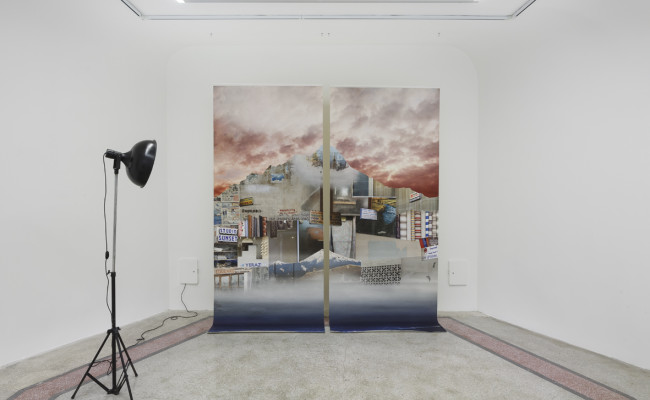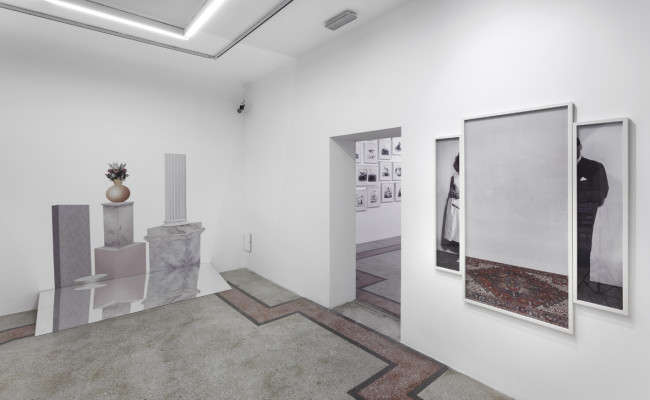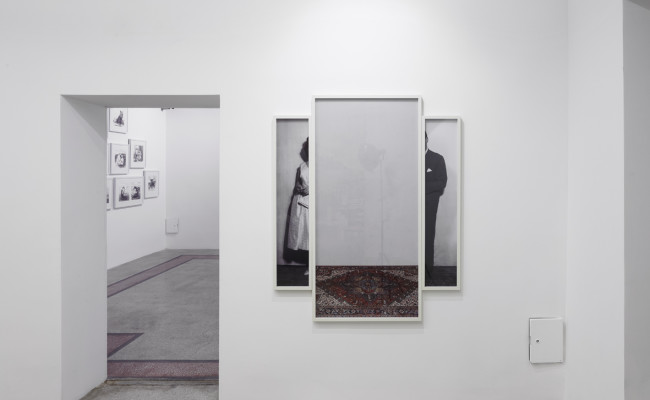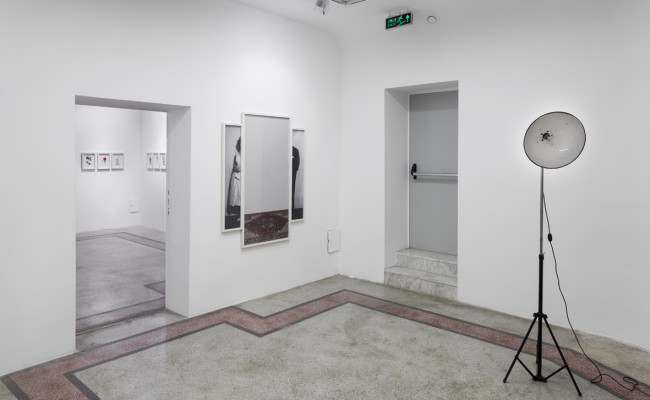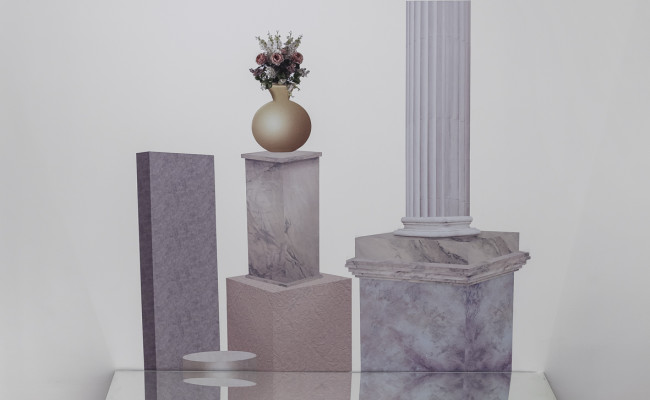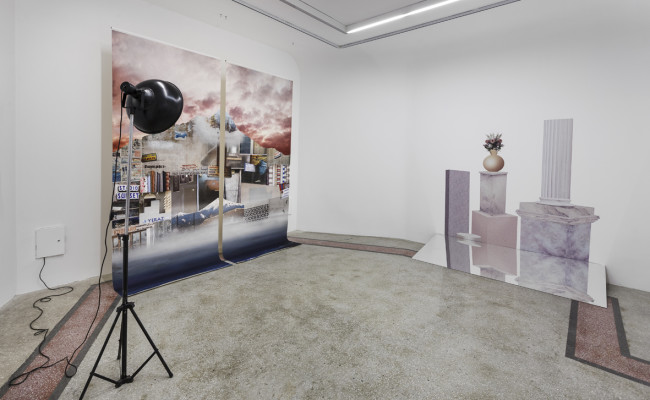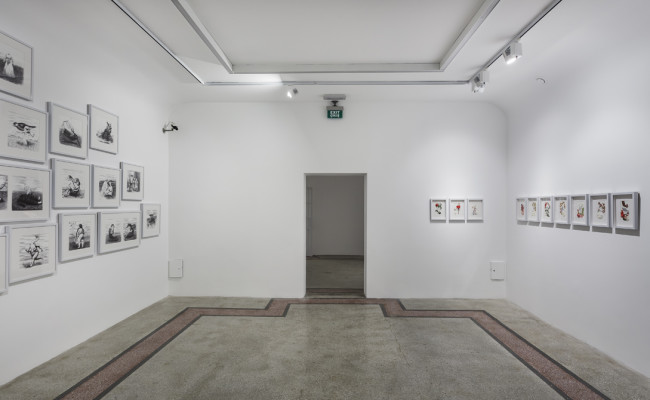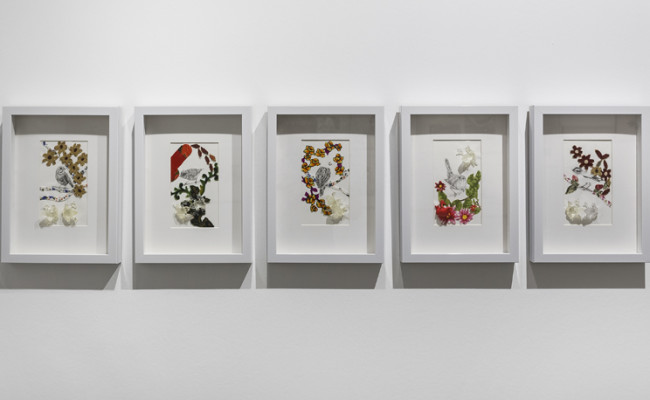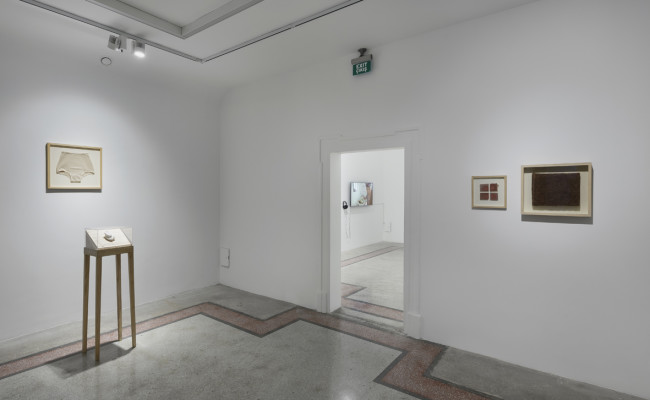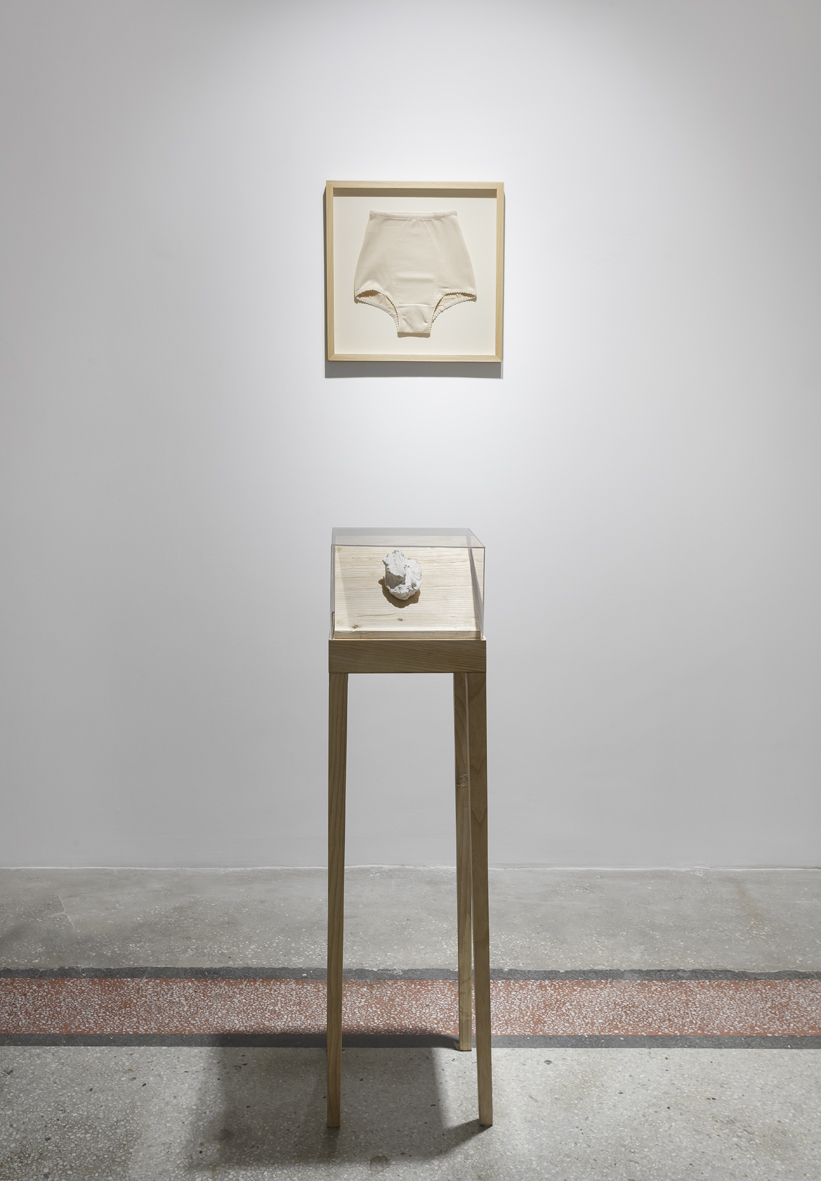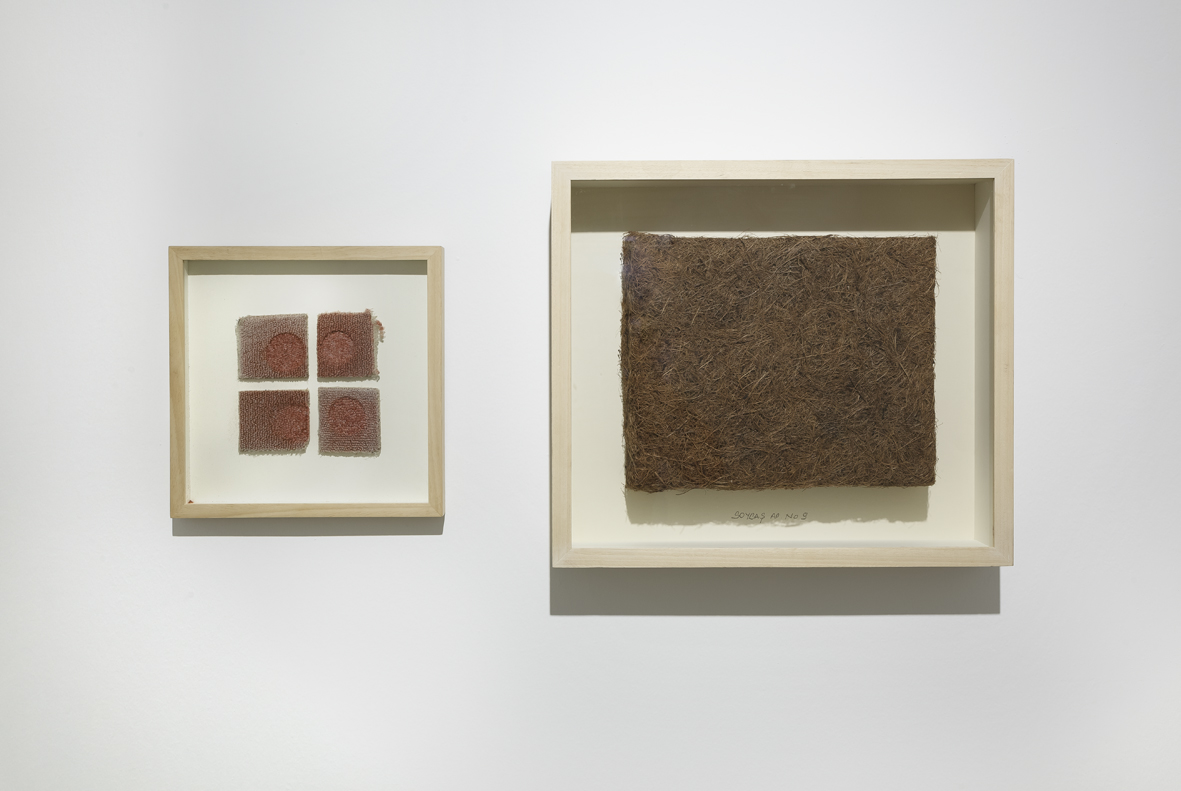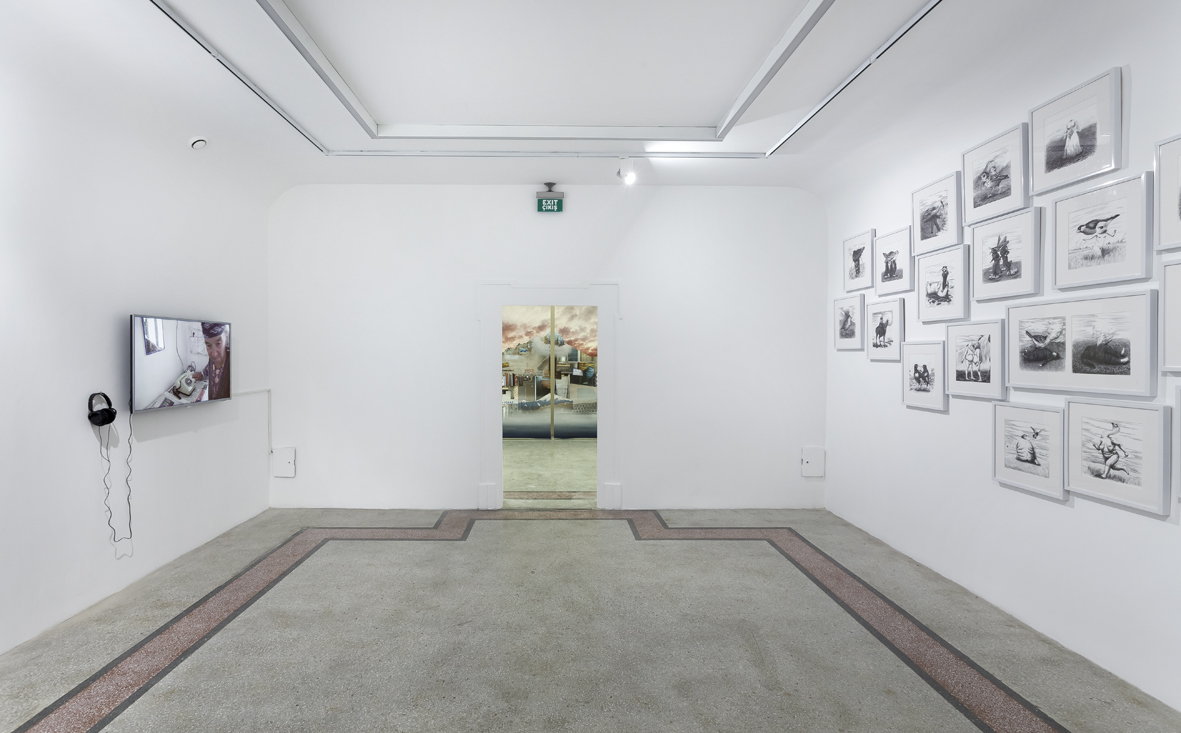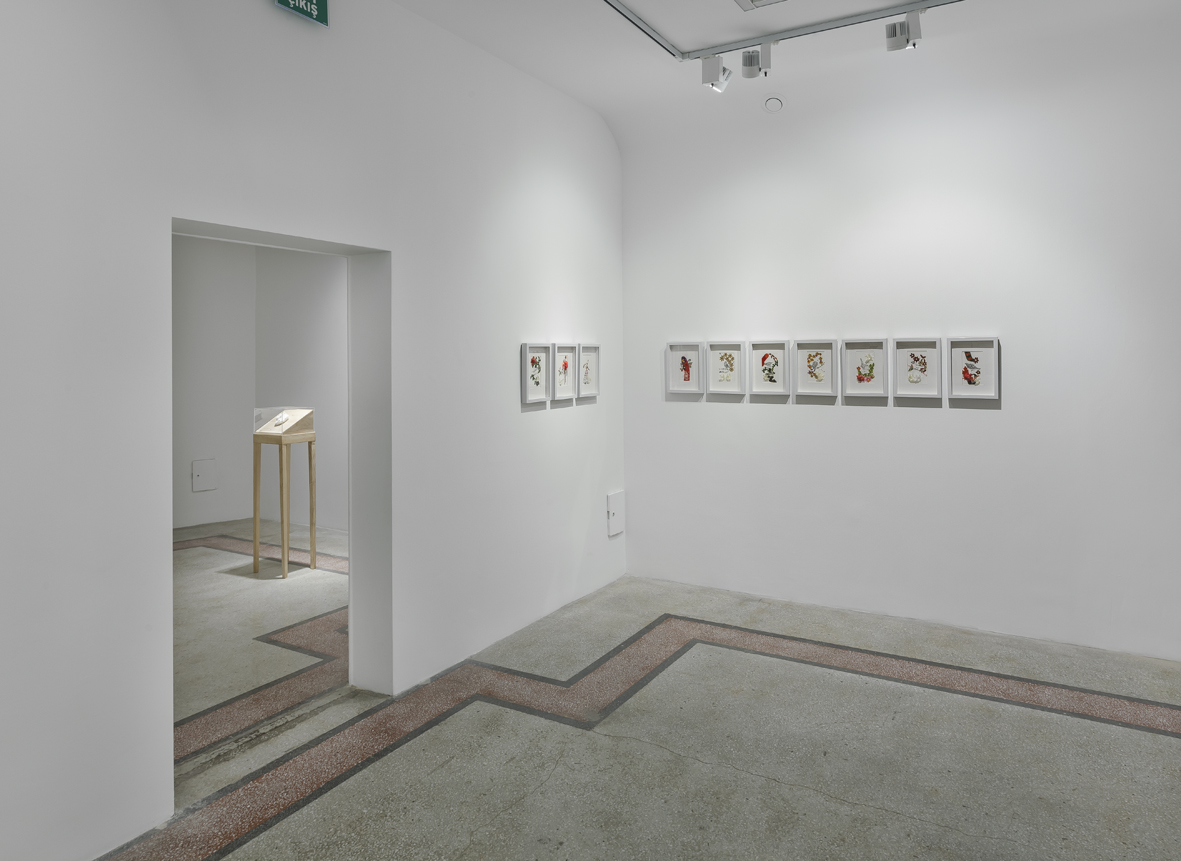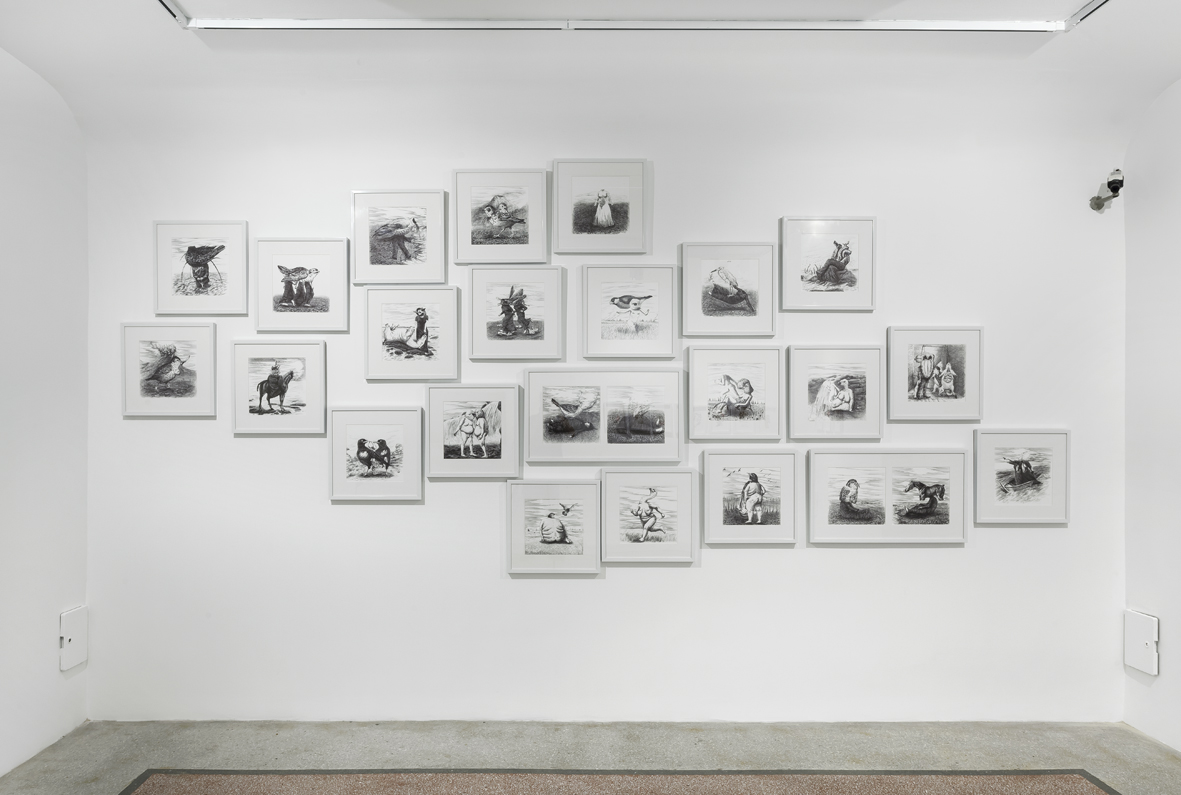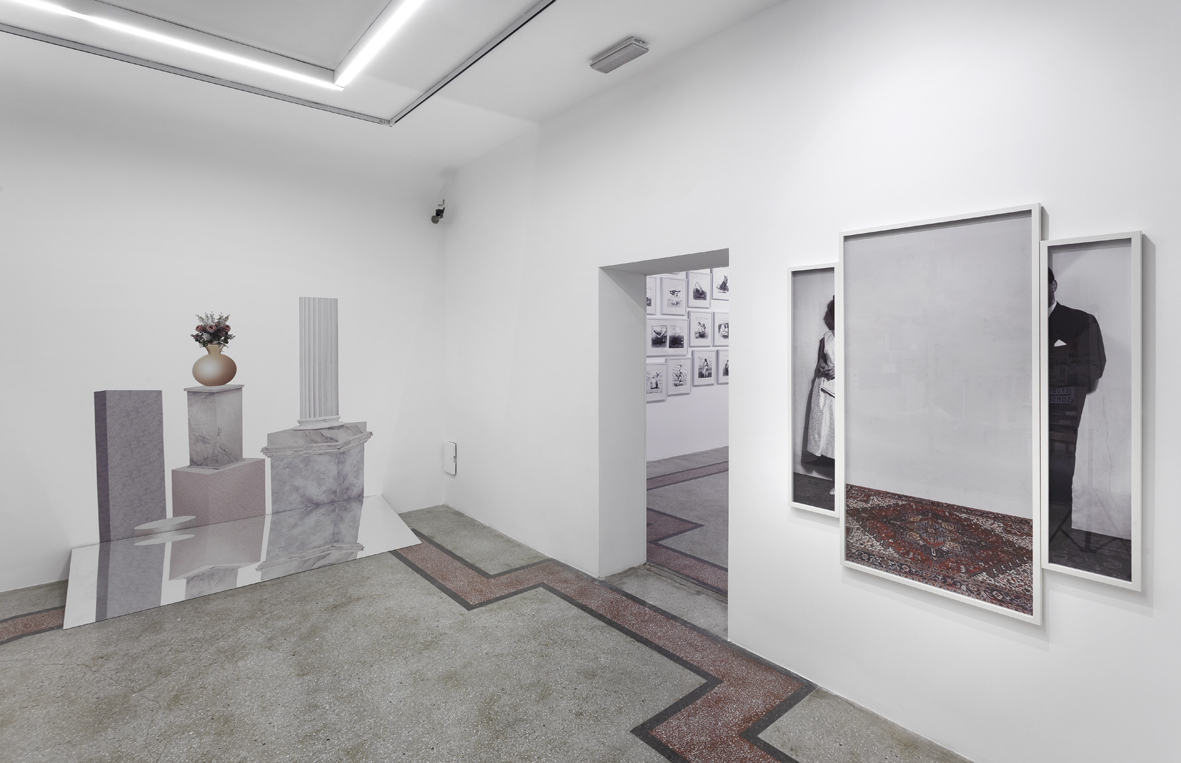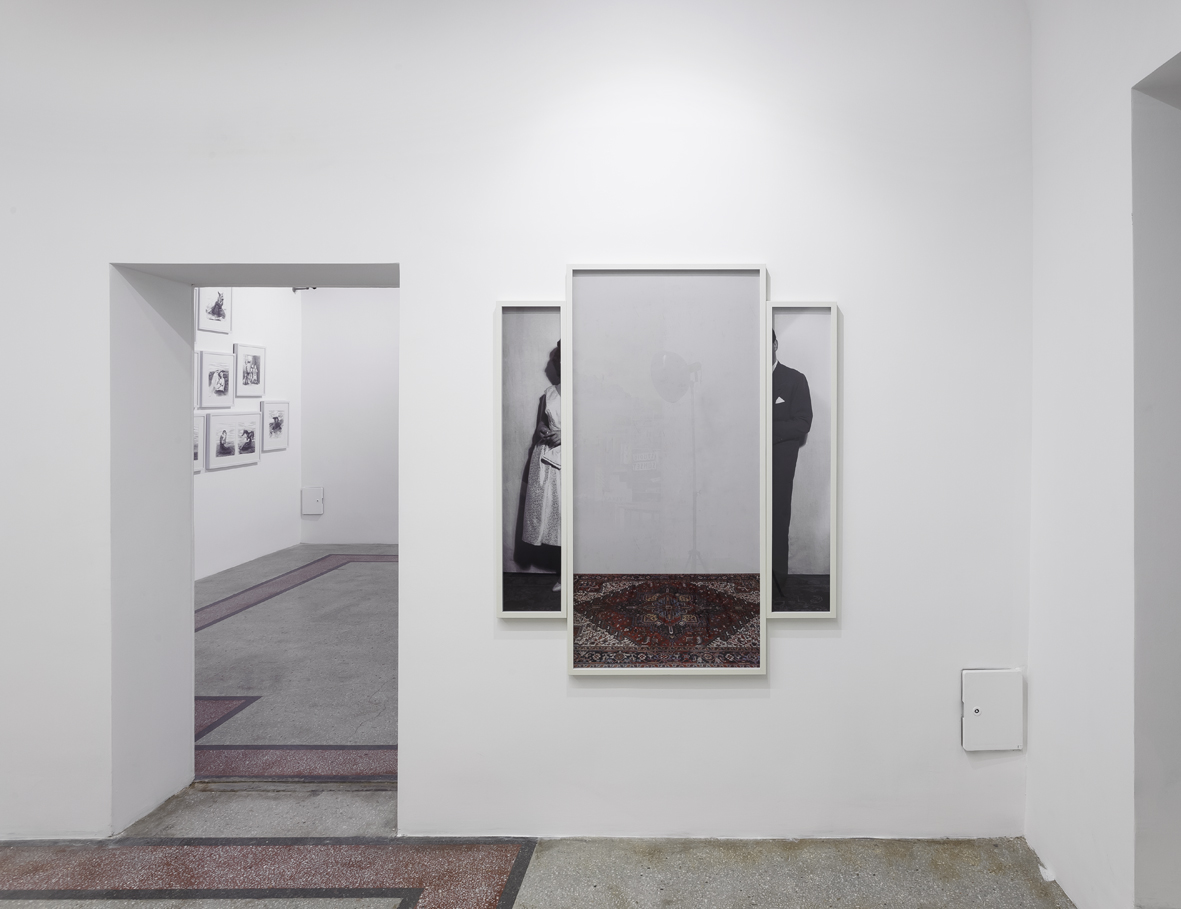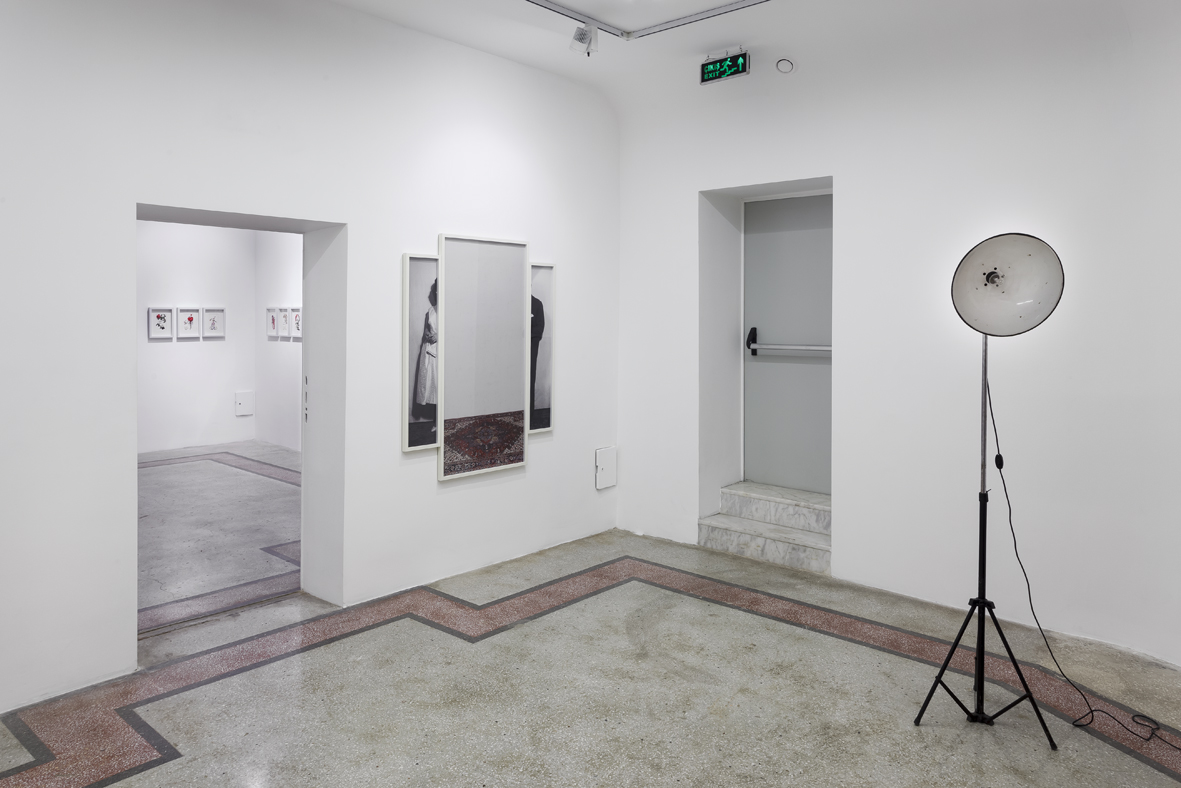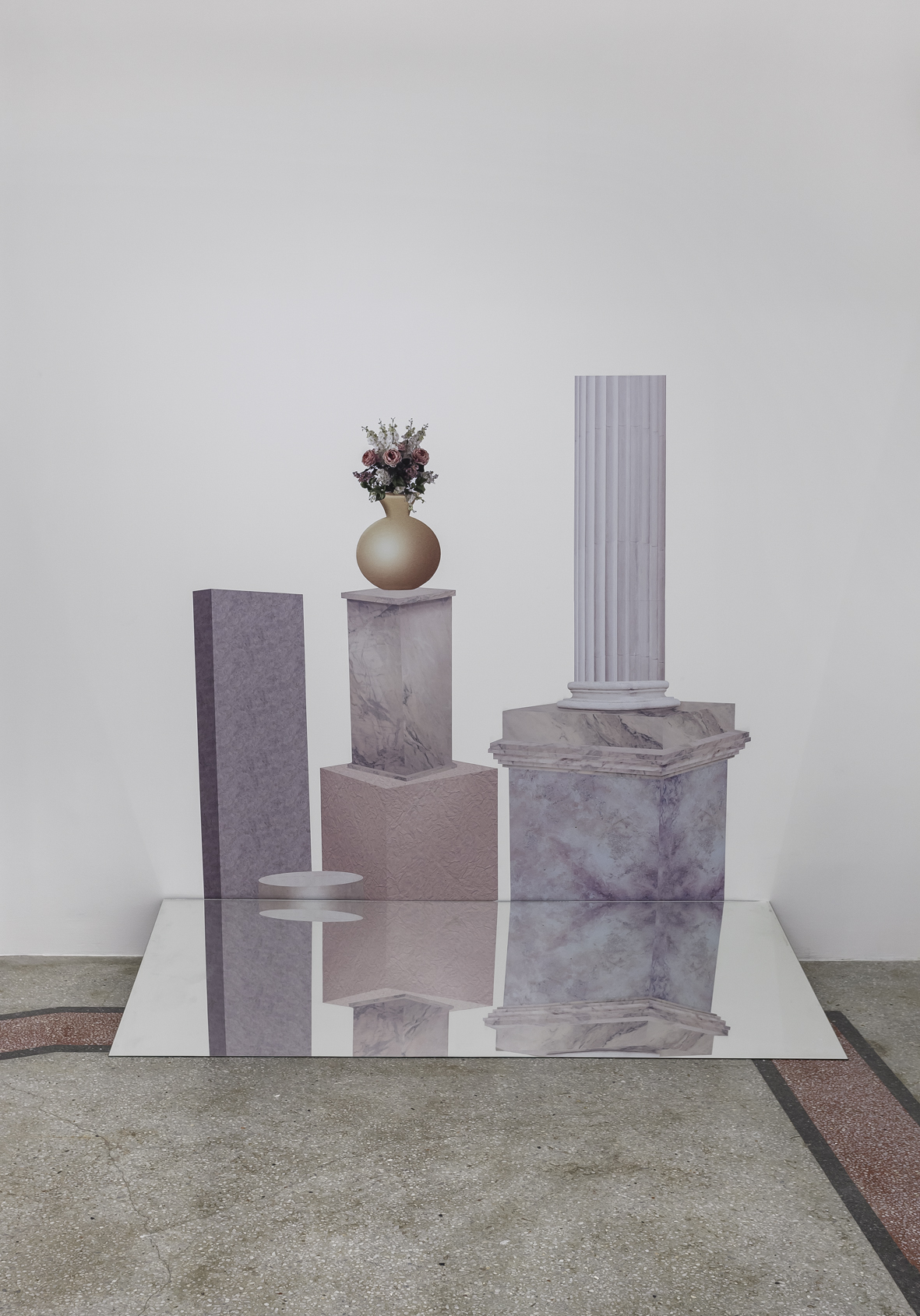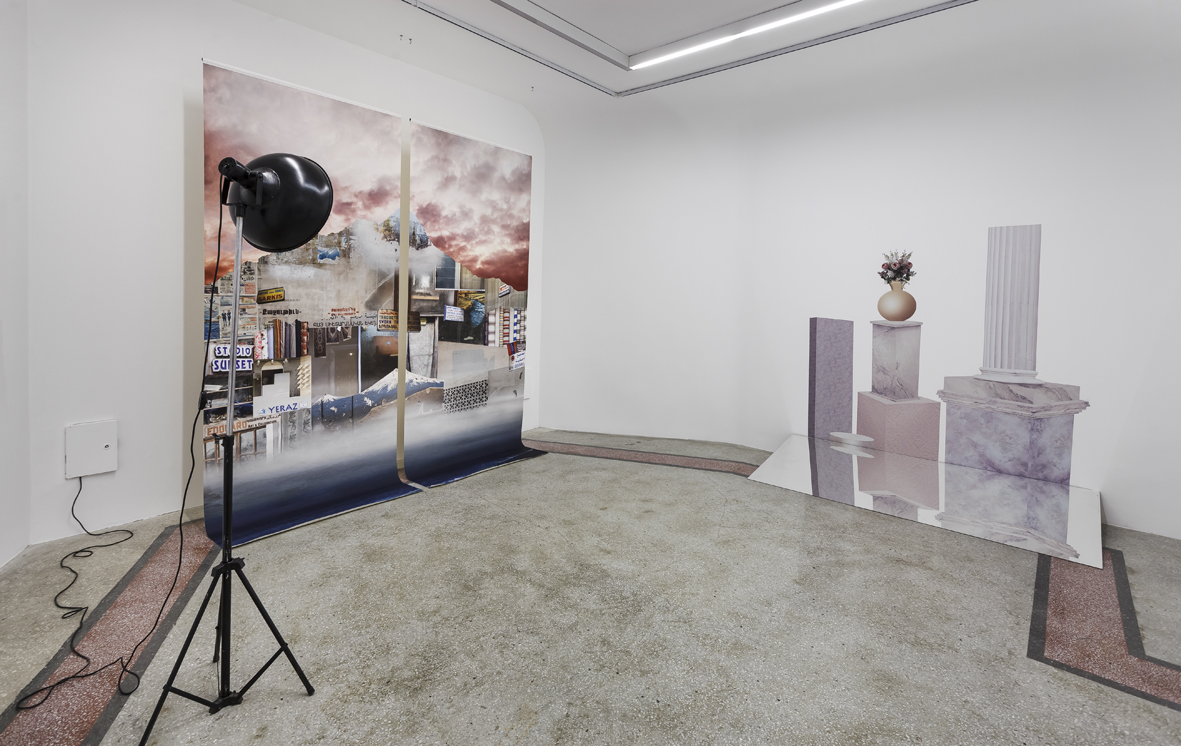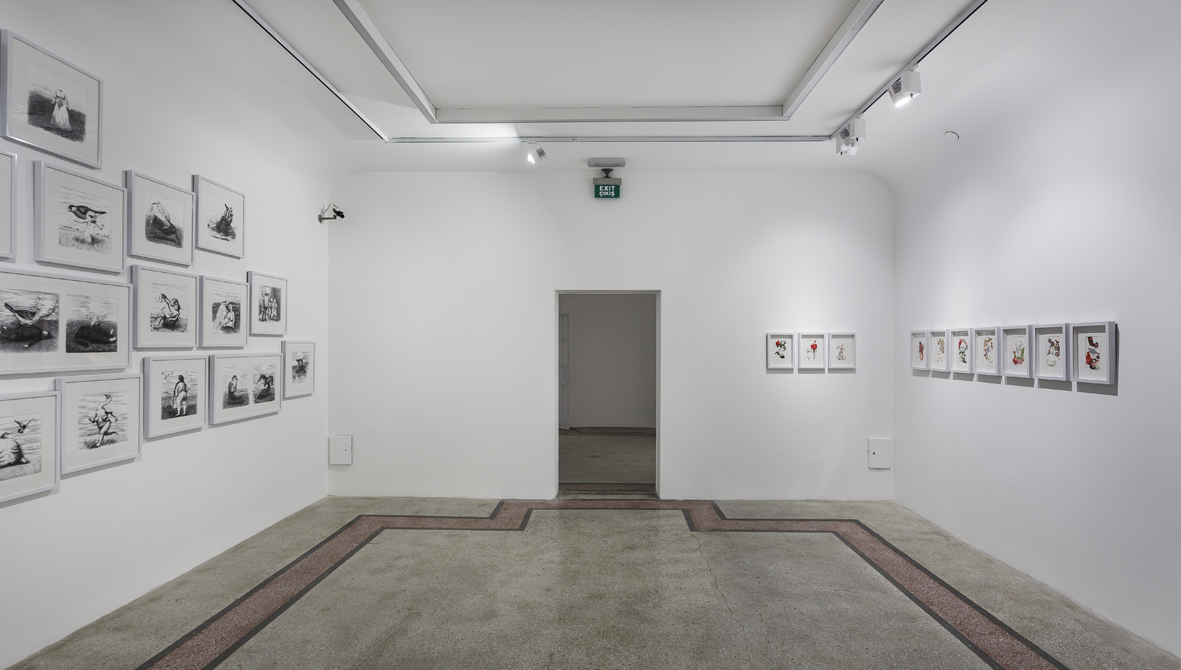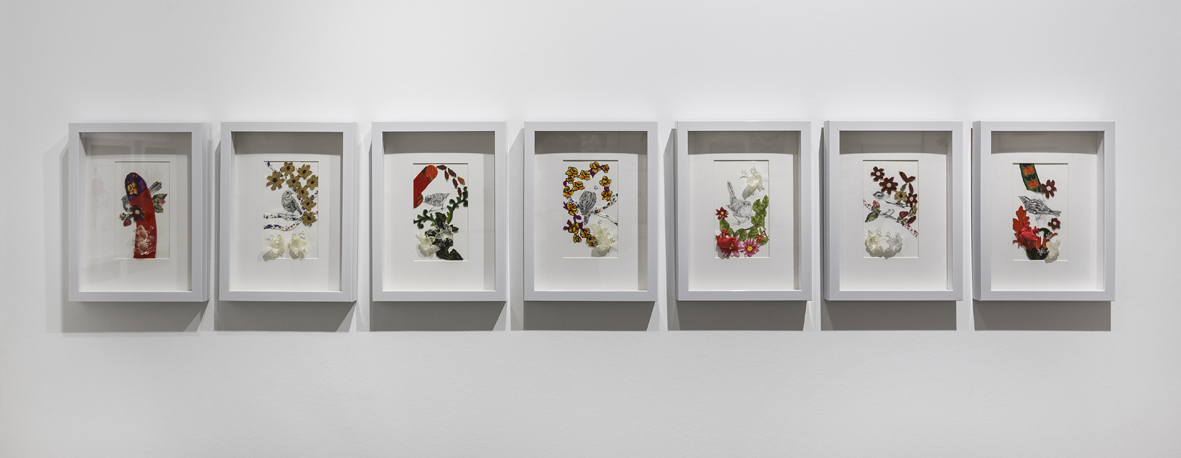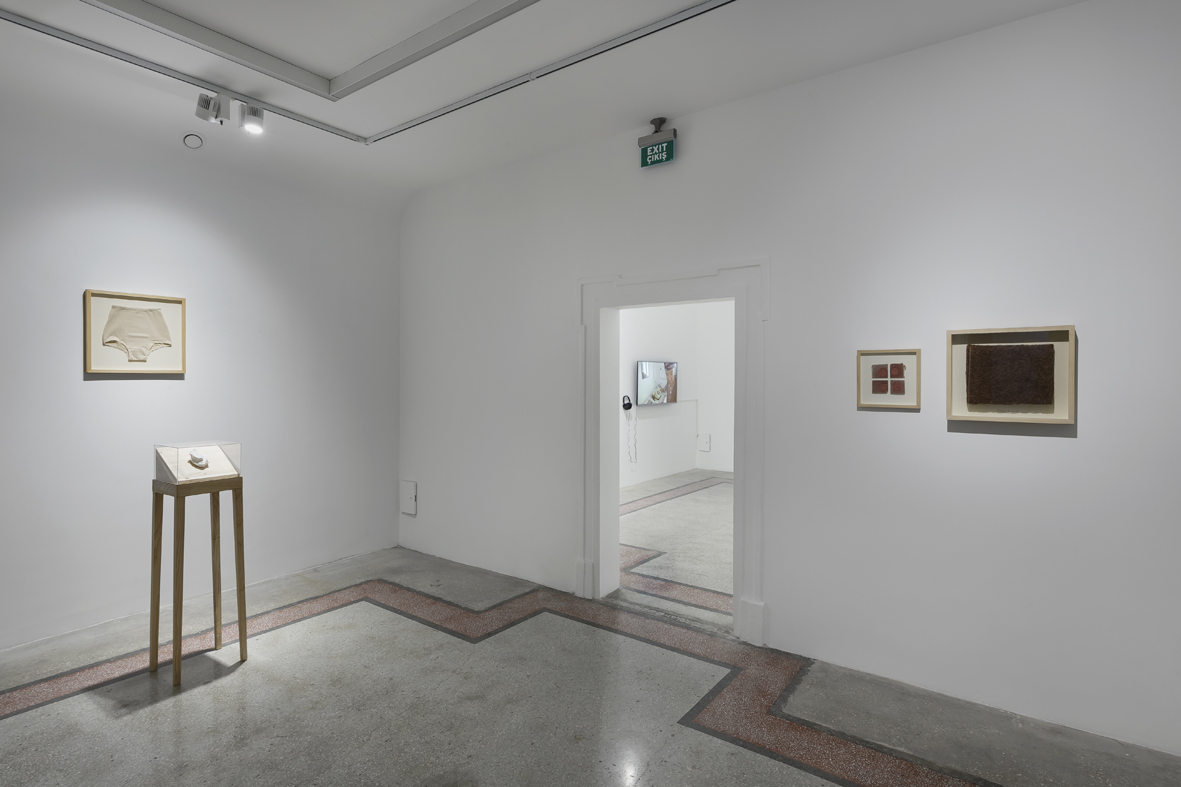"We are human because we are on the move,
We are hardwired to setting off, when we may know,
we have to know that no ultimate arrival is possible or promised."[1]
Jean-Luc Nancy
To go is always to divide, says J.L. Nancy, and "the division is not merely between where we depart and where we arrive; we ourselves divide as well, split into pieces. To go is to leave behind a piece of the familiar. We always go towards the alien, which is always "strange" at least in the strict sense of the word, and oftentimes hostile. That is why we always go with misgivings, as going severs a tie that can be said to be the most natural and vital." What, exactly, is the tie that going severs? What do we leave behind when we depart from a family, a place, a country, a person, a thought, or a form of consciousness? What do we carry along when we go that either severs or preserves the tie with what we have left behind? To go is one thing; but isn't arrival ambiguous itself?
"Ardında Bıraktığın - You Left Behind” is an exhibition of the works of Ahmet Kavas, Eda Aslan, Rehan Miskci and Şahin Çetin to be displayed at Kasa Galeri from September 13 to October 29. Although the artists deal with subjects and concepts that are seemingly apart, and employ media that are different from one another, their common ground is a political and symbolic conjecture that encompasses the past, social history, memory, family and belonging, and builds essential ties among them.
Ahmet Kavas takes a critical look at socio-cultural norms in his video “Mommy, when will I get married?” where he takes a subjective view of identity, gender, family, and home. The video in four sequences extends from Weimar, where the artist currently resides, to his family hometown of Denizli, Turkey, chronicling the distance covered through personal stories, confrontations, denial, and acceptance. Kavas’ oil-on-canvas painting “Randevu - Date” depicts the toad, a well-known character in a popular fairy tale, as the hope for returning to one's own reality, and the symbol of emotional and physical reunification. The artist's melange of various techniques on paper, titled "Kuşlar Ötüyorken - While Birds are Singing" portrays the implicit and intimate relationships between the family institution, traditions, and apparatuses of social oppression in collages made from the bridal tapestries of the artist's grandmother.
Eda Aslan’s “Kelebek Korse- Butterfly Corset” is a work in collective memory and space, making a delicate endeavor to recreate the traces of the past on slippery surfaces. The installation is based on a "trace" that makes the spatial memory of "Kelebek Korse", a small corset shop that opened in Terkos Pasajı in 1920, moved to a store on İstiklal Street in 1936, and closed down only recently, a part of collective memory. The artist also frames the devastation caused by the events of September 6 and 7, 1955, when the stores, homes and other property owned by the Greek minority of Istanbul were pillaged by Turkish looters. Aslan makes a plaster mold of the piece that is missing from the Kelebek Korse storefront as a result of destruction. She thereby returns the missing piece to its place, linking it up once more with the already-weak memory of the society.
Rehan Miskci, whose work on photography and spaces explores the minority identity, loss of belonging, and memory, started developing "Foto Yeraz" - an imaginary and abandoned photography studio - in Beirut to study the connection between the Armenian identity and studio photography. In a room devoid of people, where the only remnants are background pictures and props, the view of a city backed by a mountain is the Bourj Hammoud district of Beirut, which was founded by Cilician Armenians forced to leave their homes in 1915. The background in Foto Yeraz represents the hope for going back home one day, and hints that the hope may not come true after all. “Göründüğü Gibi Değil - Not What It Looks Like” consists of forms borrowed from three studios that were active in Lebanon from the 1940s to the 1970s, and recreates the props used in photography studios in two dimensions, while underscoring the dilemma between photography's promise of realism and the artificial settings created by photography studios. The triptych "Olmadığın Yerler - Where You Aren't" at the entrance of Foto Yeraz came to being when the artist found a studio photograph of her father while looking through the archives of “Maryam Şahinyan - Foto Galatasaray”.
Şahin Çetin has a multifaceted approach to socio-political memory, city and belonging, geography and space through video, photography, patterns, canvas paintings, and sculptures. The focal point of his work is personal witnesses and the dynamics of social struggle, which expectedly contain political references. His patterns in the series "Provokasyon - Provocation" are the visual and mental manifestations of symbolic codes, intertwined metaphors, and surreal scenes. Beyond the striking and dark nature of humans, animals, nature and places, the uncanny ambiance of the depicted sceneries makes each pattern unique. The exquisite patterns reveal unexpected forms through encounters, integration and opposition in the physical and cognitive world of the artist, sharing a vast and provocative visual resource that springs not from the murky waters of pure reality, but from the bottomless wells of imagination.
[1] Jean-Luc Nancy, Gitmek/Yola Çıkış, Trans. Murat Erşen, MonoKL, Istanbul, 2012, p.33
Artists
Ahmet Kavas (1989-Denizli) graduated from Department of Fine Arts Education at Muğla University/Turkey in 2010. He received his master degree from Painting Department in Faculty of Fine Arts at Hacettepe University in Ankara in 2014 and he continued his works as an erasmus student in Faculty of Art and Design at Jan Evangelista Purkyne University in Czech Republic in 2012. Kava’s practice ranges from temporary installation to performance, photo, video, drawing-painting and object. His artworks generally take a critical view of social, political and cultural issues. His first solo exhibition is “Mommy when will I get married” Third Space, Helsinki, FIN 2017. Selected group exhibition he participated in include: “Geography” LGBT Pride Week Exhibition, DalerBu, İstanbul, TR 2017; “Çanakkale Art Walk: Homeland” Kunsthalle, Osnabrück, DE 2017; “Akbank Contemporary Artists Prize Exhibition” İstanbul, 2017; "Acting Space - Bauhaus Goes Kunstfest" Kunstfest, Weimar, Germany, 2016; "Tomorrow we will explain" Project by Bauhaus University in collaboration with Kunsthaus Dresden, Germany, 2016; "Looking for Truth, Peace & Humanity" Cologne International Videoart Festival, Shillong, India, 2016; "Imaginary Bauhaus Museum goes Gorki", Gorki Theater 2. Berliner Herbstsalon Berlin, DE, 2015; He is currently MFA candidate at Public Art and New Artistic Strategies at Bauhaus University. He lives and works on the edge of world.
Eda Aslan (1993,Istanbul) graduated in 2017 from Marmara University Faculty of Fine Arts Sculpture Department. She continues her master in “Paint Department” at the same university. The focal points of her works are concepts as history, space, and collective memory. The artist who drew a strained line between past and present, tries to battle with whats diminishing in the presents volatility and its structure which has been forced to be erased. She explores her creations and traces every kind of document, finding, photograph, record, and what is archaic. The works of the artist which are functionalised in this concept have won success awards in Siemens Art ”Borders Orbits 18”, and Gallery Zilberman's "Young Fresh Different 7" both in 2016 . The artist who joined 2017 Kare Art Gallery Marmara University Faculty of Fine Art Triennial and 2017 Mamut Art Project , lives in Istanbul continues her work .
Rehan Miskci (1986-Istanbul) is a New York / İstanbul based visual artist working in photography and video. She holds an undergraduate degree in Interior Architecture from Istanbul Technical University and an MFA in Photography, Video and Related Media from the School of Visual Arts, New York. Her work mainly deals with minority experience and displacement in relation to photography and physical space. Her photographic series ‘Void’ was selected as the first place winner at Baxter Street Camera Club of New York’s Annual Competition in 2015, was also exhibited in ‘Lift Off’ (2014) at Fridman Gallery, curated by Elisabeth Biondi and recently was included in ‘New Photography II’ (2017) at Alan Istanbul. She’s currently working on ‘Foto Yeraz’, a project that started in Beirut and examines the relation between Armenian identity and the practice of studio photography.
Şahin Çetin (1985, Ankara) graduated from Gazi University, Faculty of Fine Arts, Painting Department at 2011. His social-politic memory testimony and visual accumulation of cases like identity, urban and belongings create his focus of practice. Because of the geography that he lives in is in conversion, questioning of social-politic belongings and nationalities are reasons that push him to find forms of against struggle. He edits the query of redefining geography by video, photography, drawing, canvas painting and sculpture those contain political messages. In this context, some of his edited artworks are;“Earth Recordings”, Gallery Foyart, Ankara (2015), METUArt 16’ “Second Nature”, METU Culture and Congress Center, Ankara (2015), An+ialan Contemporary Art Initiative “Epicenter”, Architects Association 1927, Ankara (2015), “5th International Student Triennials” Marmara University Faculty of Fine Arts, İstanbul (2010). The artist is founding member of An+ialan Contemporary Art Initiative. He lives and works in Ankara.

